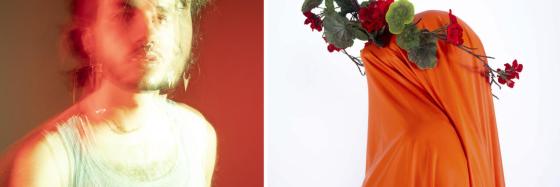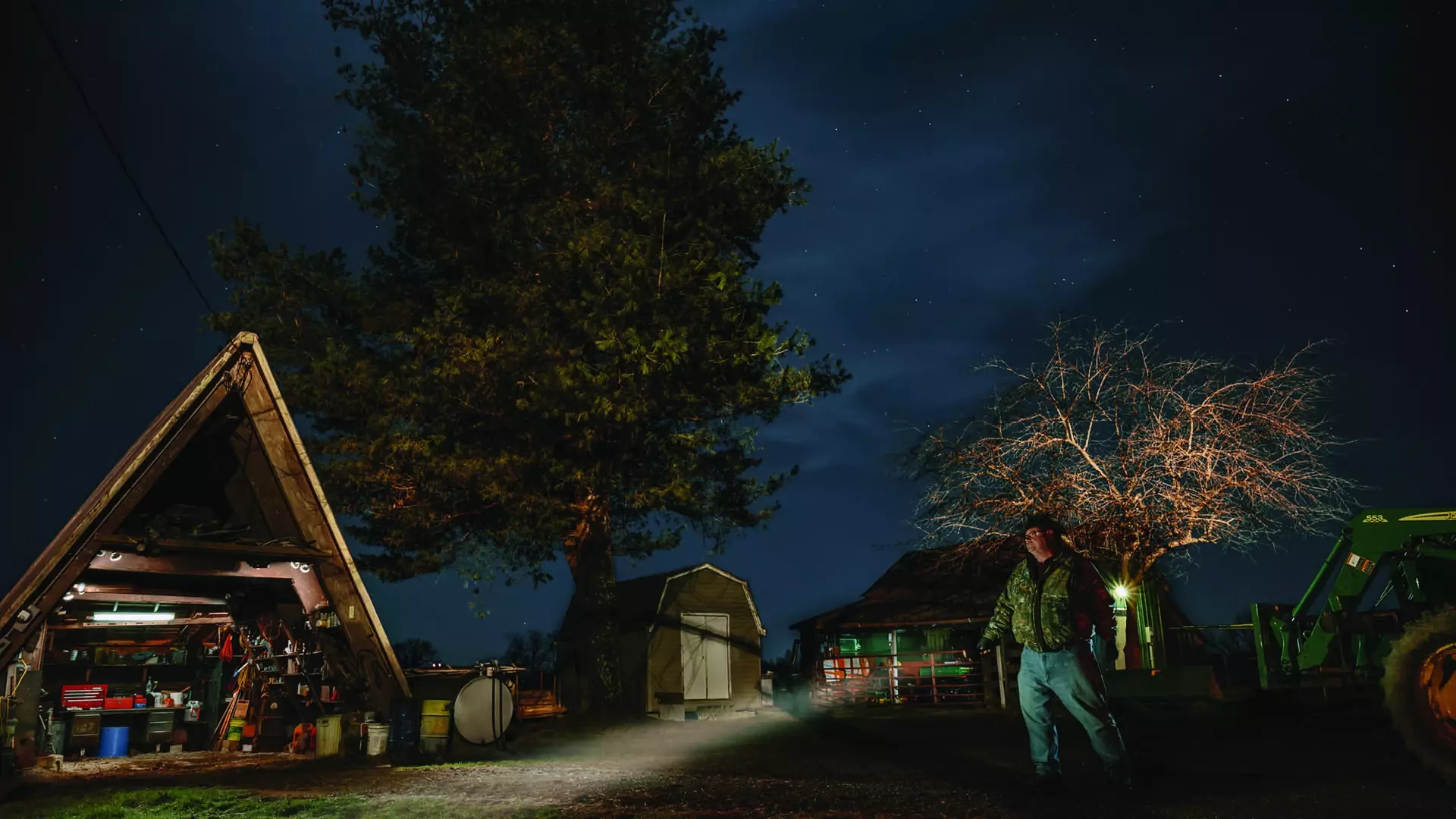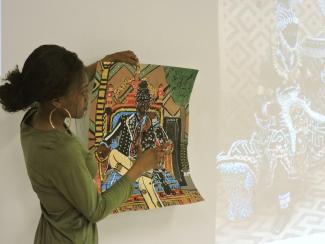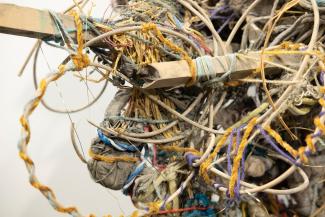A-S 285 Lens Arts
A-S 285 is an introductory course in digital image capture that focuses on the still and moving image as an art practice. Students will learn the fundamentals of camera operation and editing software in order to visually communicate their creative ideas. Lens Arts is only required for Digital Media Design students but is open to all majors.
A-S 300 Digital Photography
A-S 300 is an introductory course in digital photography as a creative tool. The primary emphasis is the practice of photography as fine art. This course also provides a thorough background in basic techniques that students may apply to any photographic discipline as well as historical and theoretical approaches to photography. Students receive technical instruction in the DSLR camera, lens choice, exposure controls, digital workflow, processing of digital files, output and presentation.
A-S 305 Studio Lighting
A-S 305 is an introductory course in lighting control in photography. This course provides a thorough background in basic techniques that students may apply to any discipline, with its primary emphasis upon the practice of the medium as a fine art. Students will receive technical instruction in types of lighting, exposure controls, lighting styles and working in a photographic lighting studio.
A-S 380 Black & White Darkroom Photography
A-S 380 is an introductory course in photography. Although it provides a thorough background in basic techniques that students may apply to any discipline, its primary emphasis is upon the practice of the medium as a fine art. Students receive technical instruction in camera and lens construction, exposure controls, processing of black and white negatives and prints, and presentation.
A-S 384 Color Photography I
A-S 384 is an introductory course in color photography. The emphasis is upon the unique qualities of color photography relating to visual perception and color theory. Students receive technical instruction in digital and analog cameras and color darkroom printing.
A-S 385 Intermediate Photomanipulation: Photoshop
An intermediate level course designed to help students integrate traditional photography with digital computer imaging tools such as Adobe Photoshop or like program. Students are required to produce original photographic imagery for use in creating digital artwork output to printed material with inkjet printers. Advanced methods of input and output calibration, as well as advanced methods of image manipulation, are covered. Emphasis is placed on the aesthetics and ethics of digital photographic art and creating meaningful and effective images. Nine studio hours per week. Prereq: A-S 200 and A-S 380 or A-S 300 or permission of instructor.
A-S 386 Alternative Processes Photography I
A-S 386 is an introductory course in alternative photographic processes. The emphasis is upon the unique qualities of alternative photography relating to visual perception. Students receive technical instruction in the use of digital negatives, cyanotypes, brown prints, and gum-bichromate printing among other 19th century processes.




